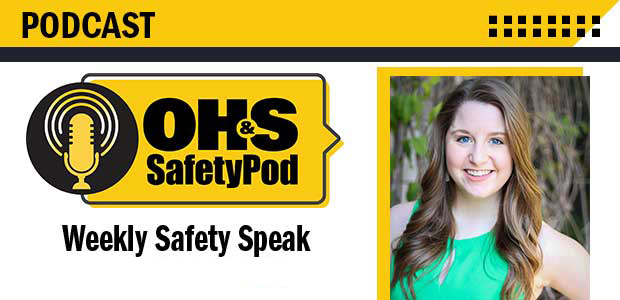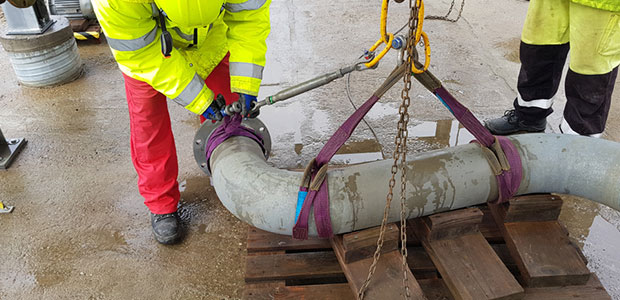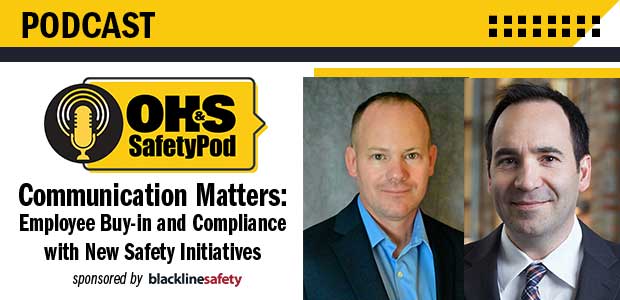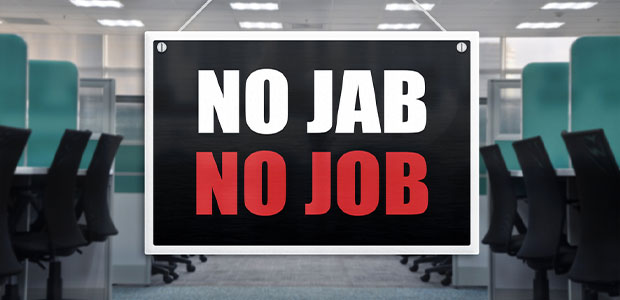
Episode 102
In this episode, Editor Sydny Shepard takes a deep dive into one of OSHA's most frequently cited standards: Machinery and Machine Guarding, General Requirements.
Despite COVID-19 taking over last year’s conference, the expo floor was back in action this year in Orlando, Florida.
Keeping an eye out for one another. That’s what safety at work can simply come down to.

The company was issued one willful violation for failing to ensure proper machine guards.

OSHA finds one willful and five serious violations.

The majority of employees believe it’s important that a company prioritizes their mental health.

Despite cannabis’ increased legalization, NSC research shows its use poses a huge workplace risk.

Episode 101
One of the most important parts of rolling out a new safety initiative is communication with employees. In this episode, Blackline Safety's Sean Stinson and Jeffery Fors from Waste Management explain effective strategies to getting employee buy-in and compliance.

In-person events are back and after a year and a half, you might need to dust off your travel bags and be reminded of the steps to a successful event.
Interested in getting a sneak peek at what NSC has in store? No worries—OH&S has you covered.
Interested in seeing what NSC's Congress & Expo has in store? You're in luck, as there are now two ways to interact with the show!

National Safety Council research reveals more workers are ready to create a much safer work environment.

OSHA proposes $319K in penalties to address these violations.

Episode 100
We are switching things up for the 100th episode of the podcast! This time around, OH&S Content Editor Shereen Hashem interviews Editor Sydny Shepard about the evolution of the podcast, covering COVID-19 and worker safety and wellness.

Facilities operate advanced machinery and complex systems using substantial amounts of electricity.